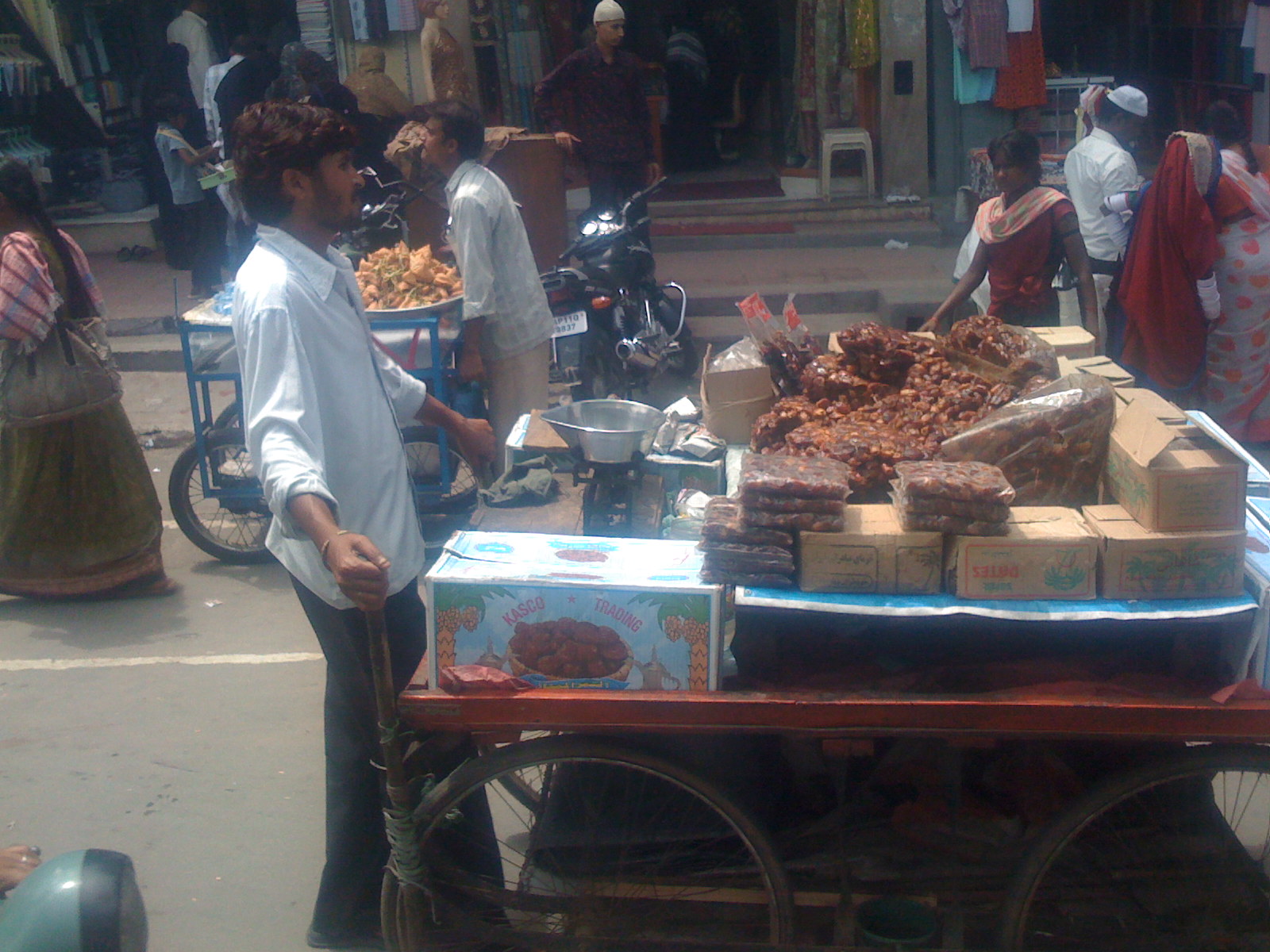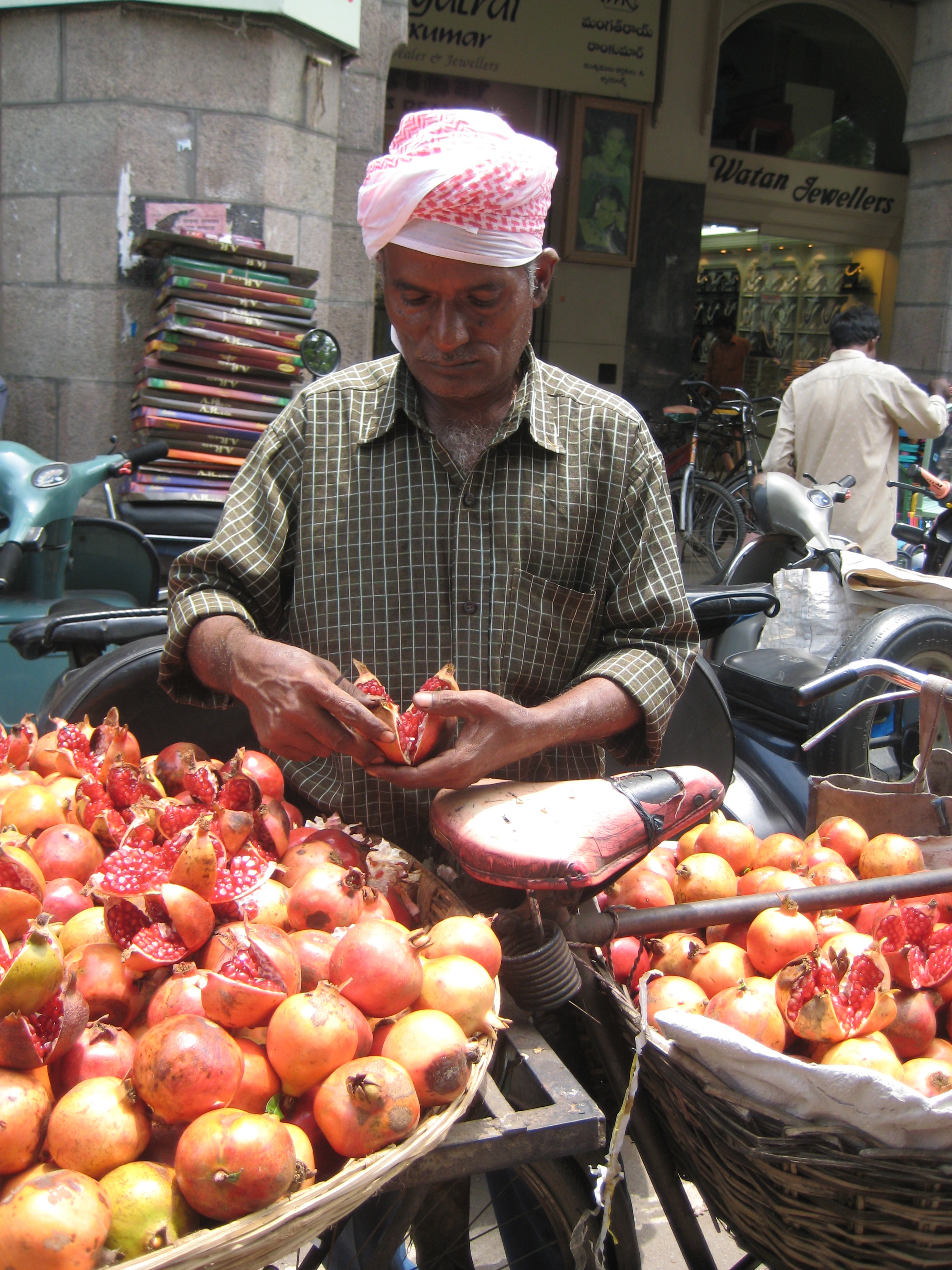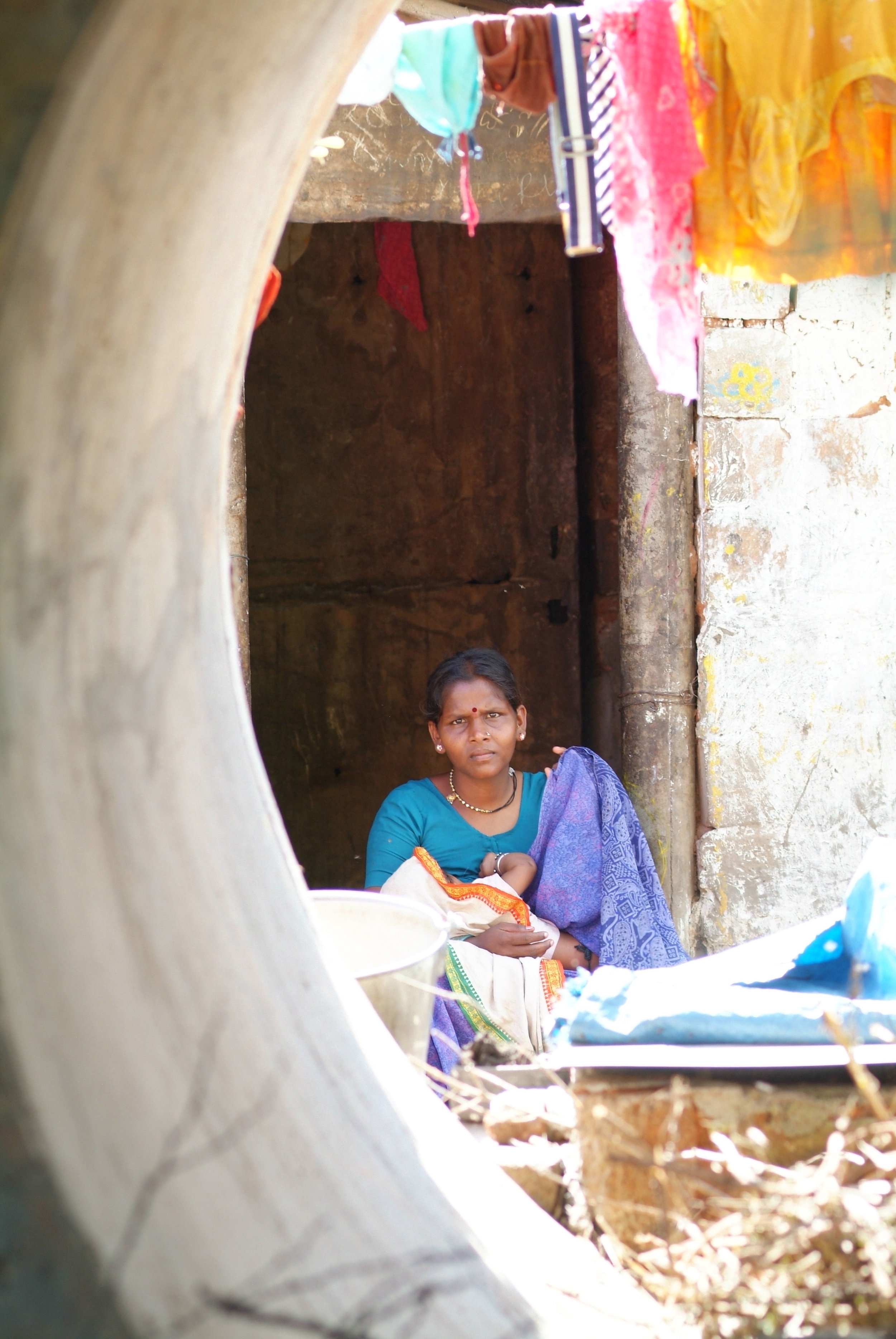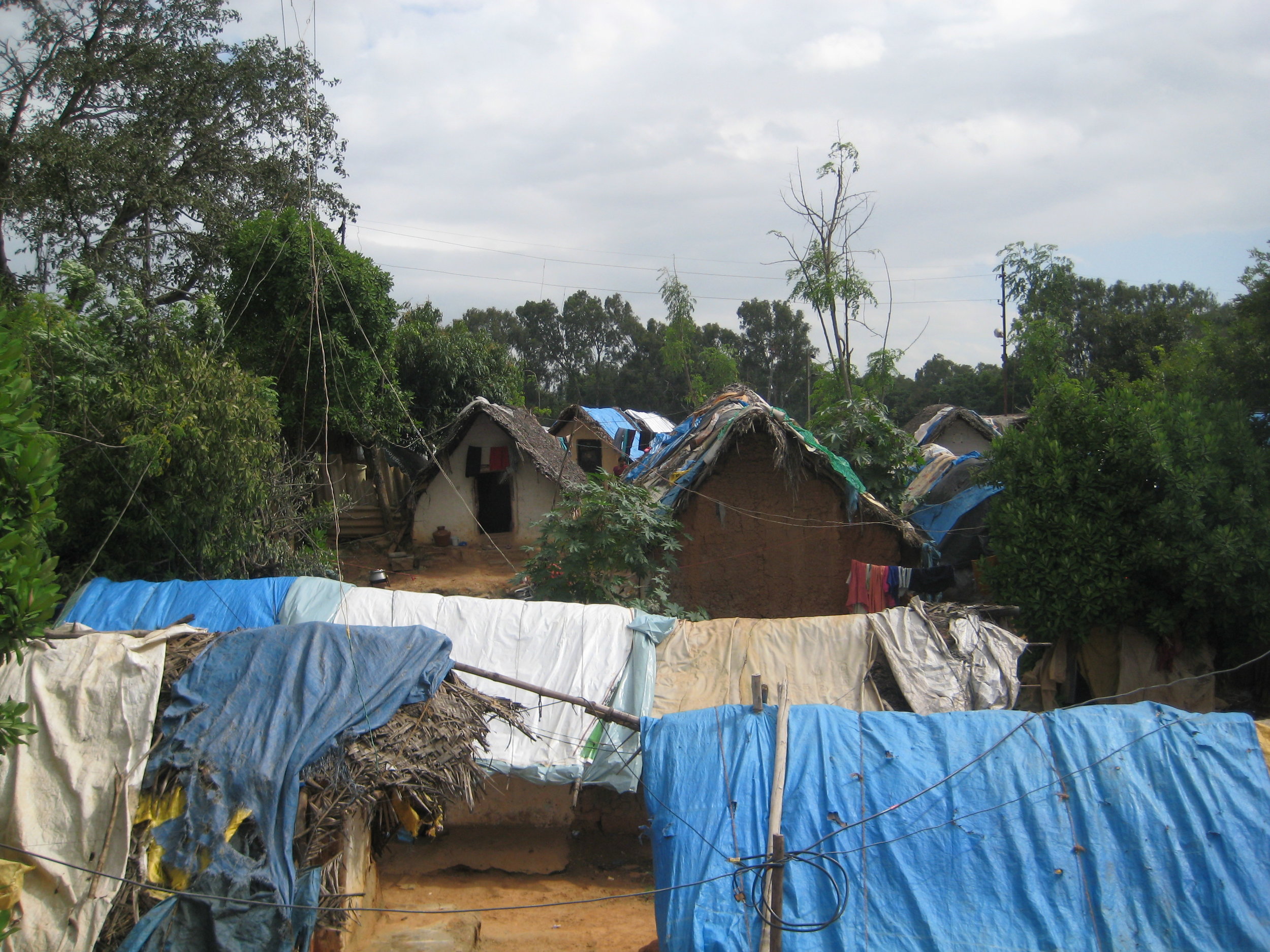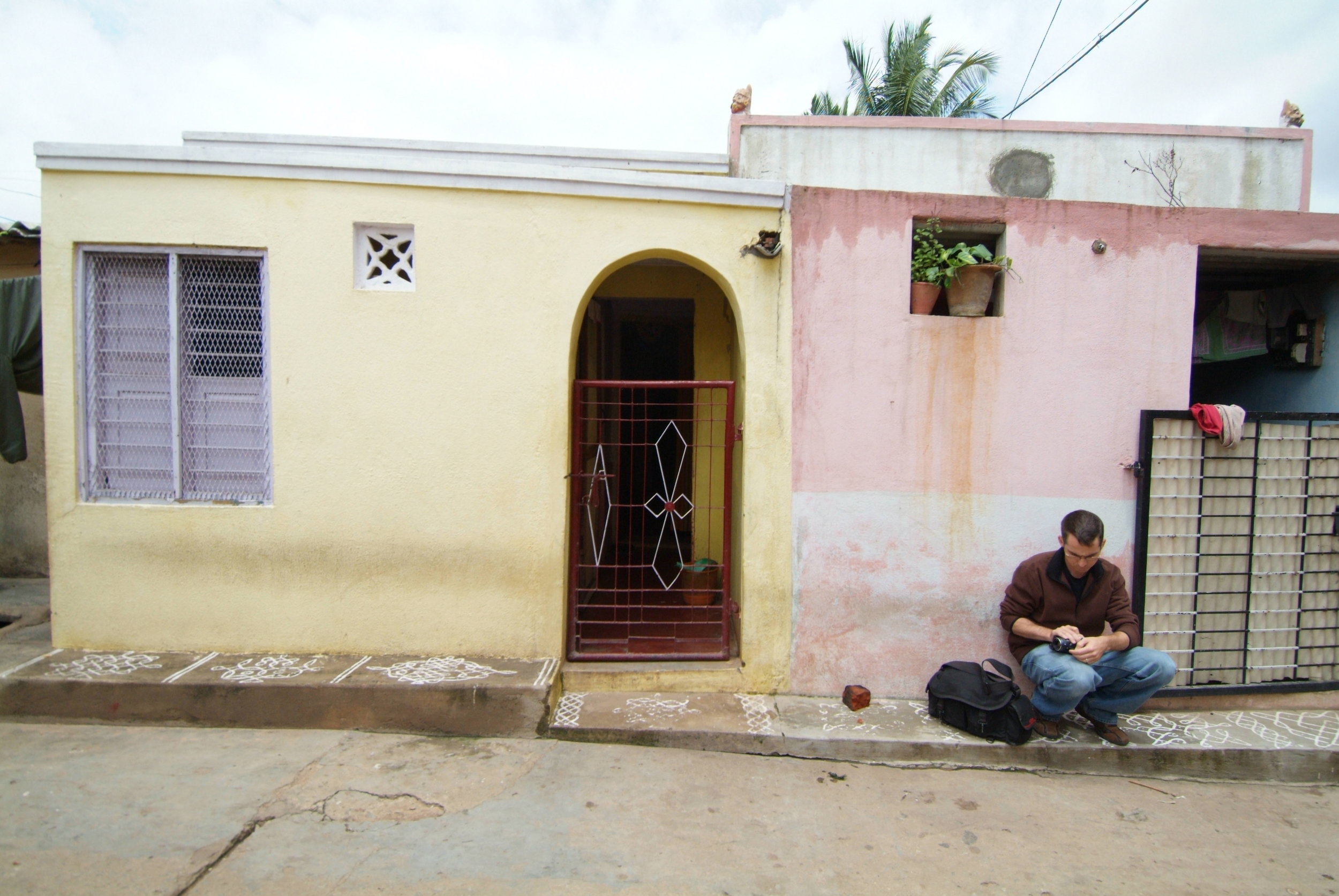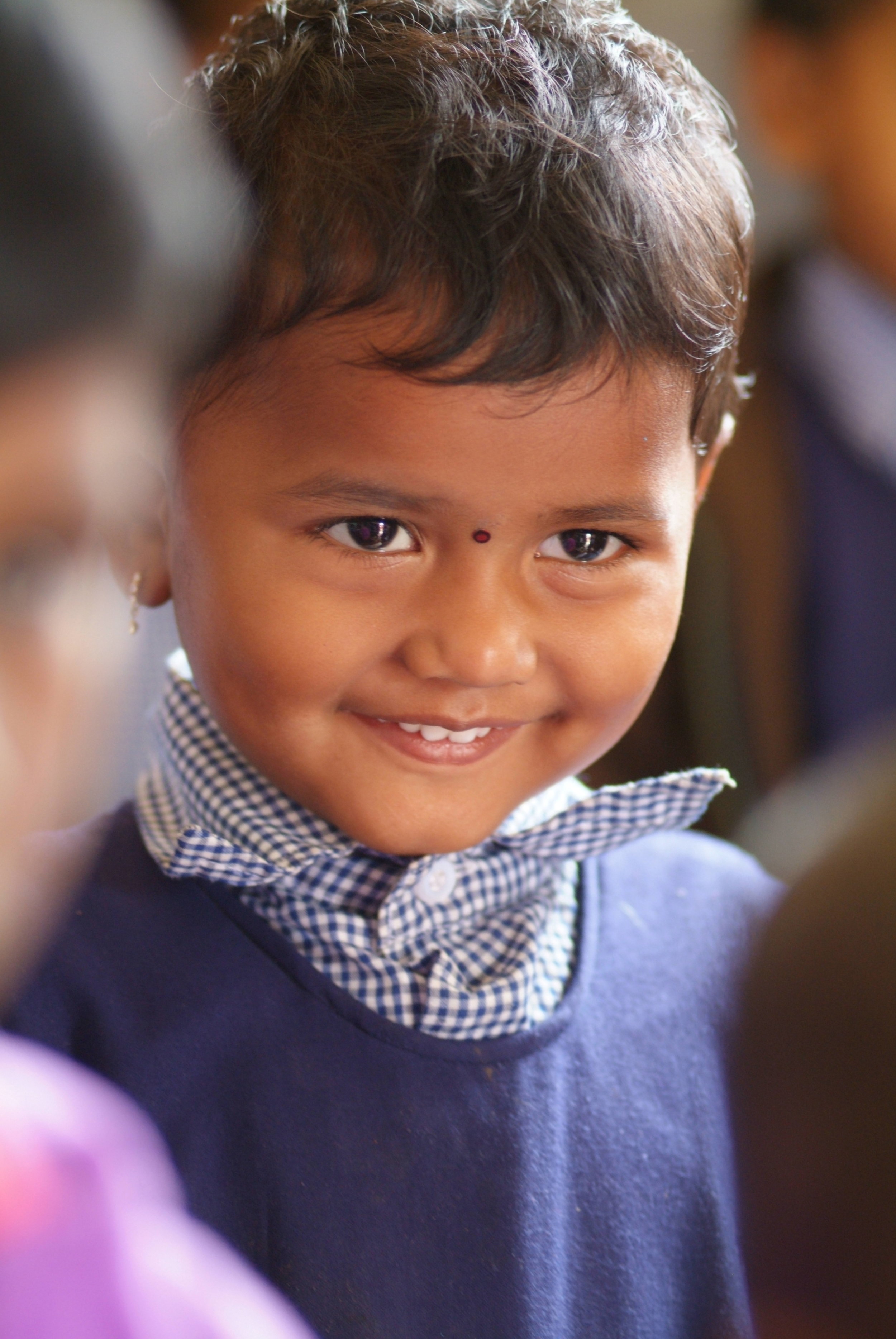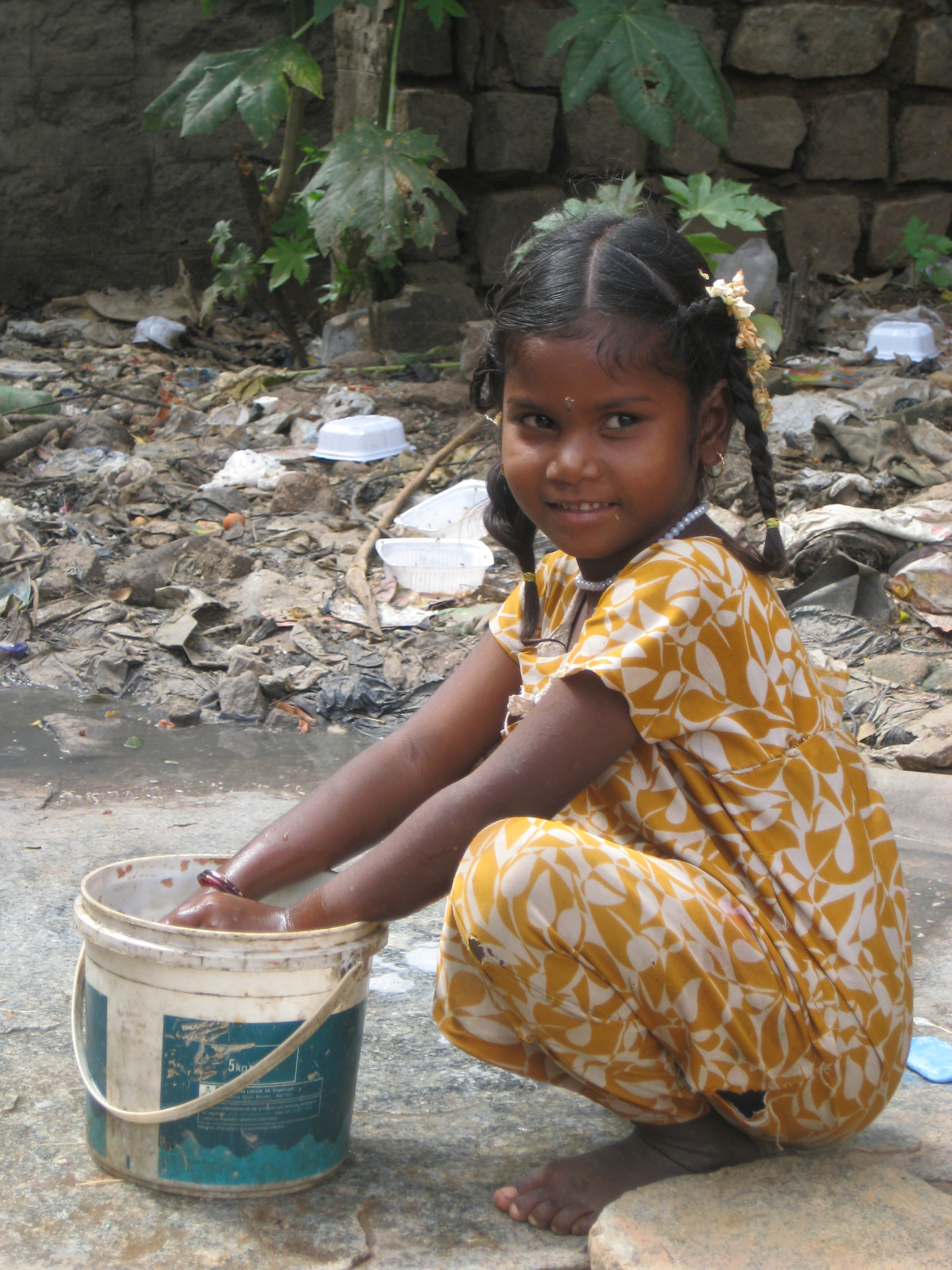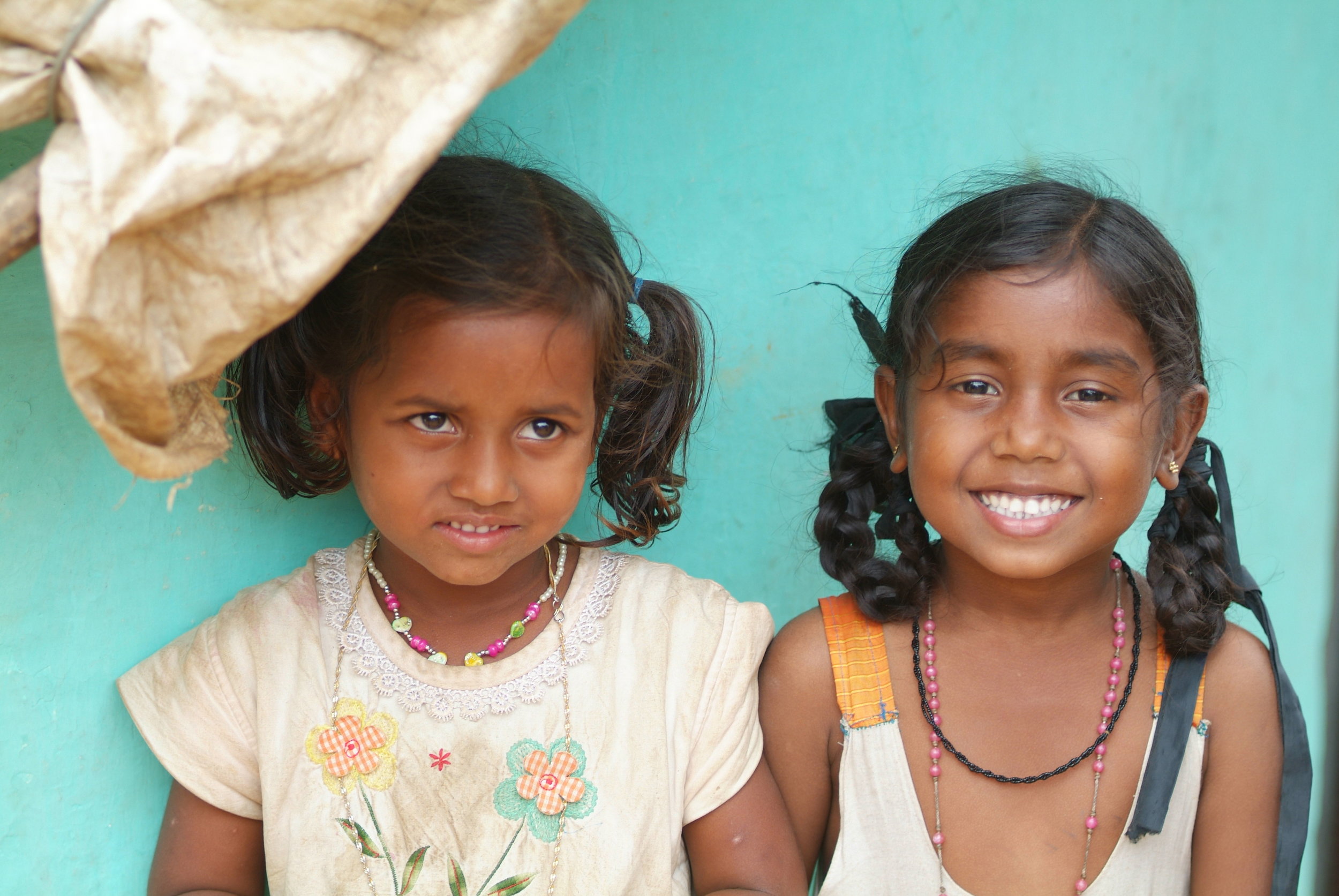Light and Life in the Slums of India
all photos in this story are from my friend and mentor Wayde Peronto
Walking down the busy street in the center of the Muslim quarter of Hyderabad is not for the faint of heart. My biggest challenge was knowing where to look as there were thousands of new sights, smells and sounds vying for my attention and none of them wanted to take second place. The massive gateway spanned the avenue with one tower on each side, and next to that the massive mosque with its marble minaret stood silhouetted against a light blue sky. On the street were hundreds of three wheeled tuk-tuk’s (a small three wheeled rickshaw), flying through traffic like a swarm of bees. The paint delineating the lanes on the blacktop had long since worn off, and they didn’t seem to be missed or remembered in the slightest. An elderly man with a bushy beard and little round cap struggled with a large cart coming down the street toward me, so I quickly sidestepped to avoid being run over. Women’s stockings filled the cart several layers deep, which I found an interesting item to be sold in the street by an elderly man just in front of the mosque. School kids in blue uniforms ran down one side of the street yelling to each other, a few ladies in bright saris chatting back and forth were followed by a short woman in a full burka clutching a little kid by the hand. The noise, the sights, and the cacophony of smells were almost more than I could handle as I tried to keep up with the group with whom I was traveling.
India is one of those places that is a bit hard to describe. There is so much variety that it is impossible to say, “India is like…” India can not be explained by one cute anecdote or one simple proverb. This, I believe, is what makes India a land that attracts so many people for so many reasons.
I personally went on this trip as a documentary film maker. I was there specifically to document the work being done by a Christian organization with the Dalit people (the lowest caste of Indian society). For many years this segment of society has been forgotten, neglected and abused, but there are those that are attempting to make a difference.
One of the places that I visited in Hyderabad was simply called “Pipe Village.” The people living here were Dalit who had taken residence in the large concrete pipes produced and then discarded from the factory where they worked. These people and their families had been here many years, forgotten by many, living off the crumbs of the society from which they were largely excluded. They lived almost as indentured servants, never making enough money to pay off their debts to their employers and take back control of their own lives. They had made the old and abandoned pipes their homes as they had no land or house to call their own. It was a testament to their ability and determination to survive even when all (including their own countrymen) seem to be against them.
While in this place, we listened to story after story of not only sadness but also hope and a future for the next generations. Schools were being started to educate the children of those working in these factories. You see, without an education, these children would have no choice but to follow in their parents’ footsteps; now they had options that had never been available to previous generations. We witnessed a small child reading a book to her parents, the first for generations in her family to be taught to read. The look on her grandmother’s face was a mix of wonder and joy as she sat leaning against the cool concrete of the pipe forming the living area. There is hope for the future…
Our team had plans to travel east to the Sea of Bengal, but a violent outbreak flared up near the villages that we were planning to visit. It was disappointing, but we were forced to change our plans and head south to the city of Bangalore. While in Bangalore, we were introduced to a few communities of Dalit people that lived in one of the largest slums of the city. We visited a medical clinic that had been operating within the slum, serving those who lived here. The orderly line leading up to the clinic’s door hugged the side of the small building, taking shelter from the hot sun in the shade of the overhanging roof. As we watched and talked to people, I struggled to fathom the realities of the harsh and the inhuman ways that humanity has treat people it deems different or inferior to itself.
It was hard to wrap my head around some of the conditions the Dalit lived in, and to hear their stories often had me near tears. What brought me great joy was to hear how their stories were now beginning to fill with hope. I had a few great interviews with leaders of these communities and was amazed at their passion and care for their people. Not for revenge, not for violence against those who had done them wrong, but for a better life for their families, for fairness, justice and opportunity for all of their countrymen. I must say I left this place very challenged and inspired by these amazing people with whom I had the privilege to meet and listen to their stories.
I will never forget walking one day through the slum in Hyderabad. My camera in one hand, I made my way down the wide alleyway bordered by old crumbling walls, observing life happening around me. Slowly a small hand pressed itself into my empty palm and gripped tight. I glanced down and saw the bright eyes of a young boy looking up into mine. There was only a smile, no words, no expressed expectations, just a desire to walk with me. I’m sure I can’t come close to understanding all the emotions, thoughts and dreams in those innocent eyes, though at times, I see those eyes looking up at me when I close mine, and all those emotions drift back.



